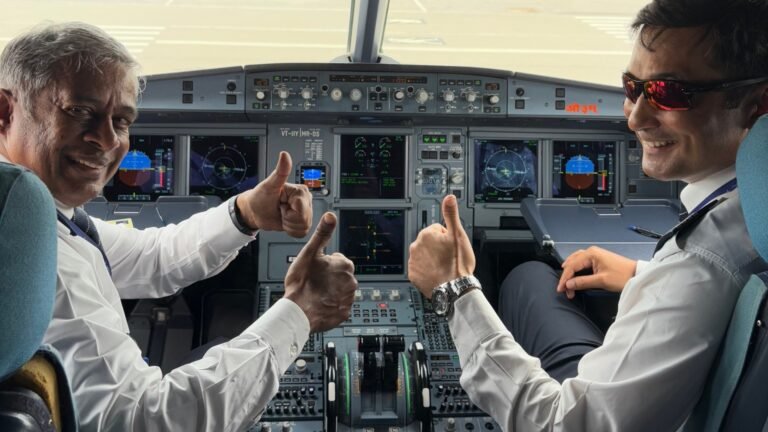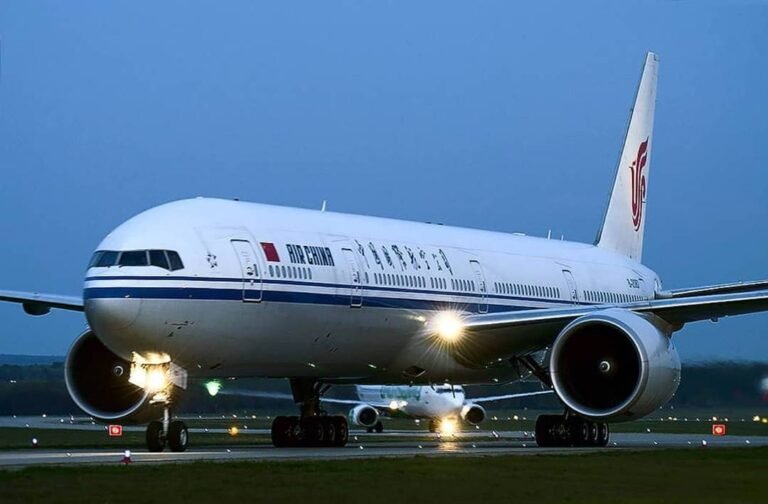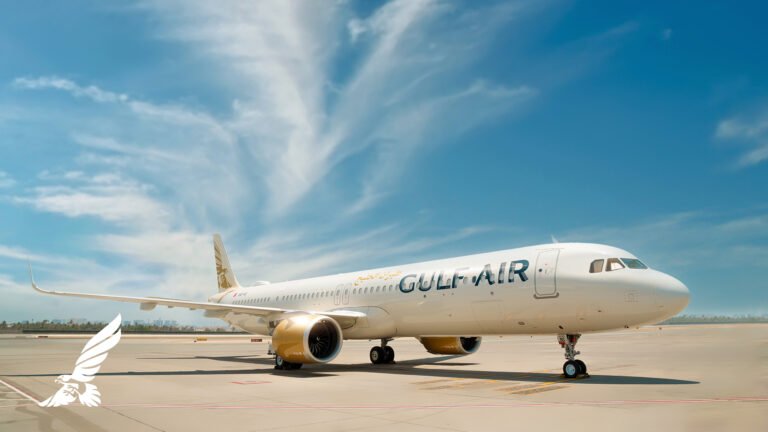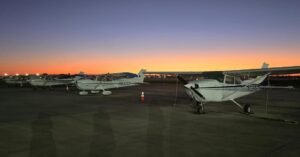Serbia: A Pilot Training Destination in the Making
The first ICAO convention on international air traffic was adopted on 13th October 1919 at a conference in Paris, and the Kingdom of Serbs, Croats and Slovenes (Yugoslavia) was among the first ten countries to sign this important act.
Picture Credits: ICAO on social platform X
Serbia’s rich aviation heritage traces back to the early 20th century when it became one of the first countries in the world to embrace powered flight. This tradition began with Ivan Sarić’s first flight in his own aircraft in 1910, just seven years after the Wright brothers first successful flight. This was followed by the establishment of factories for the production of the first airplanes and associated aviation equipment in the early 1920s. Ikarus and Rogožarski were two Serbian companies producing various aircraft models, and for some of their planes, engines were either imported or licensed for local production. One of the first and most famous aircraft from the Ikarus factory was the Ikarus IK-2, fighter aircraft designed in the late 1930s, which represented a significant step forward in terms of technological innovations for the conditions at the time.
Image Source: Wikipedia
Additionally, Serbia boasts significant human resources for the aviation industry, with engineers being educated at the Faculty of Mechanical Engineering and the Faculty of Transport and Traffic Engineering, as well as technical potential through numerous aviation institutions like Military Technical R&D Institute, subsonic, transonic and supersonic wind tunnels etc. In the late 1960s national flag carrier JAT (Yugoslav Airlines) founded one of the most prestigious pilot training centers in Europe that established higher standards in training professional pilots, which have been furthermore developed and improved in the upcoming more than five decades, following the latest worldwide trends in pilot training and aviation safety.
The Serbian aviation industry has been a cornerstone of the nation’s development, producing skilled pilots, engineers, and aviation experts. The accumulation of knowledge and experience over decades has created a solid foundation for modern aviation training programs in the country. Serbia’s legacy in the field is not just historical; it’s a living tradition that continues to shape its future as a budding hub for pilot training.
A Strategic Geographical Position
Belgrade, capital of Serbia is one of the oldest cities in Europe
Picture Credits: Starlap
S
Serbia’s geographical position places it to be „West of the East and East of the West“
Nestled in the heart of Southeast Europe, Serbia boasts a strategic geographical position that makes it an ideal location for pilot training. Its central location offers easy access to various European, Middle Eastern, and North African destinations, allowing for diverse flight training experiences across different airspaces. The varied terrain, ranging from plains to mountains, provides trainees with unique challenges, essential for developing well-rounded pilot skills. Serbia’s favorable climate also ensures year-round flying conditions, further enhancing its appeal as a training destination.
Globally Recognized ICAO Commercial Pilot License
One of the major attractions of pilot training in Serbia is the global validity of the ICAO Commercial Pilot License (CPL) obtained here. Serbia adheres to the rigorous standards set by the International Civil Aviation Organization (ICAO), ensuring that pilots trained in Serbia are equipped with the knowledge and skills recognized worldwide. Whether a trainee aspires to fly in Europe, Asia, Africa, or the Americas, a Serbian-issued CPL opens doors to global career opportunities.
Image Source: Aviation Academy Vršac
Serbian pilots are widely recognized for their deep-rooted aviation culture, which stems from a proud heritage of flight dating back over a century. With a reputation for professionalism, Serbian aviators are known for their meticulous approach to safety and adherence to global standards. Serbia’s pilot training institutions uphold rigorous procedures, aligning with ICAO standards, which ensure that their graduates are well-prepared and dependable in the skies. The country’s commitment to excellence in aviation education is reflected in the highly skilled pilots who bring a disciplined, safety-first mentality to every flight, earning Serbia respect in international aviation circles.
Training at uncontrolled Aerodromes: A Unique Advantage
First Serbian airline “Aeroput“ (later renamed JAT Yugoslav Airlines, JAT Airways and finally Air Serbia) established in 1927
Picture Credits: LUX Apartmani Beograd
Serbia is home to numerous uncontrolled small aerodromes, which offer significant advantages for pilot training. These airports, free from heavy air traffic, provide a less stressful environment for students to hone their skills, yet close to a controlled airport and airspace, where a trainee can experience and practise the procedures of a busy airspace environment. The simplicity of procedures at these airports allows trainees to focus on mastering fundamental flying techniques without the distractions of complex air traffic management. This environment is particularly beneficial for beginners, as it facilitates a smoother learning curve and quicker mastery of essential piloting skills.
Cost-Competitive and Attractive Training Prices
Picture Credits: Flight Training Balkan
In comparison to Western European countries and the United States, pilot training in Serbia is remarkably cost-competitive. The lower cost of living in Serbia translates into more affordable training fees, making it an attractive option for aspiring pilots from around the globe. Despite the lower costs, the quality of training remains high, with experienced instructors, modern equipment, and a strong emphasis on safety and regulatory compliance. This combination of quality and affordability makes Serbia an increasingly popular choice for pilot training.
A Destination of High-Level Hospitality and Multiculturalism

Aeronautical Museum Belgrade
Source: Wikipedia
Beyond its aviation offerings, Serbia is renowned for its high level of hospitality and welcoming nature. The country’s rich cultural heritage, marked by a blend of Eastern and Western influences, creates a vibrant multicultural environment. Trainees from different parts of the world will find a home away from home in Serbia, where the warmth of the local people and the richness of Serbian cuisine and traditions make for a memorable experience. The country’s well-established tourism industry ensures that students can enjoy their downtime, exploring historical landmarks, engaging in outdoor adventures, or simply enjoying the lively atmosphere of Serbian cities.
Two years before the founding of NASA, Faculty of Mechanical Engineering in Belgrade received a subsonic wind tunnel in 1956
Image Source: HOBOCTN Novosti
In conclusion, Serbia is quickly emerging as a pilot training destination that combines a deep aviation heritage, strategic location, global license validity, unique training advantages, cost-effective pricing, and exceptional hospitality. For those seeking a comprehensive and rewarding pilot training experience, Serbia stands out as a destination in the making.
Would you like to pursue Pilot Training in Europe? Send us your queries on info@aviationtoday.in.





















